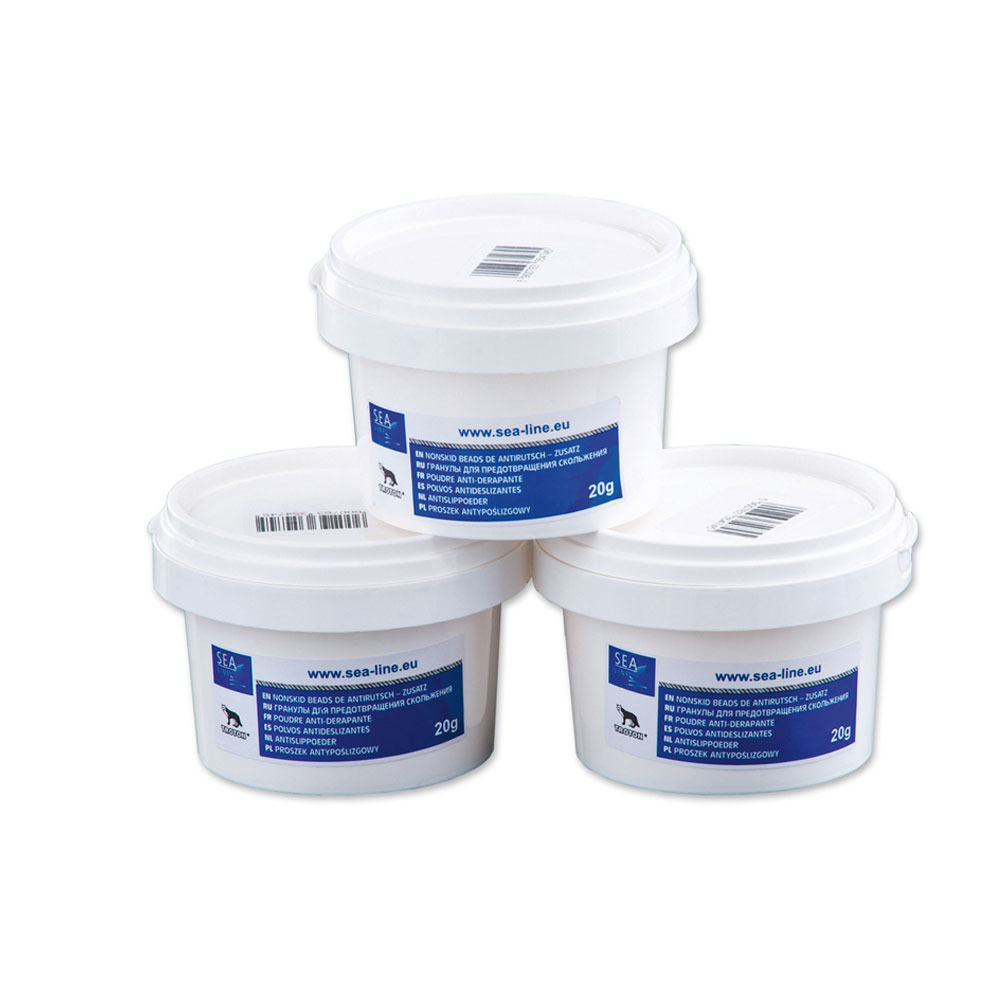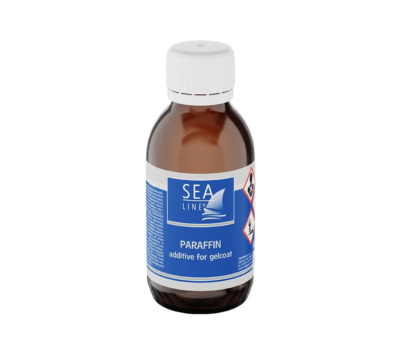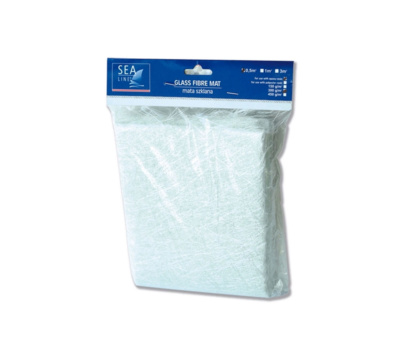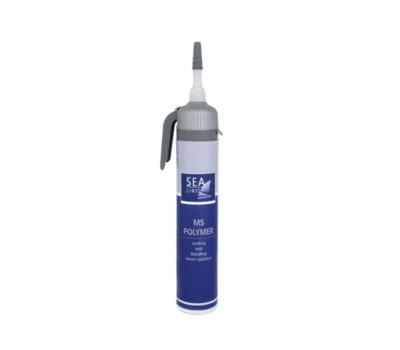Non skid powder is anadditive for polyurethane topcoats. Non-slip powder = 20 grams, the amount for 750 ml of polyurethane or other surface topcoats.
Add powder to the mixture, mix well and wait 15 minutes. Apply with a short-haired roller. During application, paint must be mixed often.
| Weight | Code |
|---|---|
| 20g | 300005474 |

To prepare a mixture of Sea-Line® polyurethane paint or varnish according to the instructions:
The 20 gram package of anti-slip powder is intended for 750 ml of polyurethane paint (color) or clear polyurethane varnish.

Paraffin is an additive mainly to polyester gelcoats, necessary when it is necessary to apply

Fiberglass reinforcements, including boat mats and fiberglass fabrics combined with resin, are used for repairs

Is elastic sealant recommended for sealing and bonding various types of materials.
We do not recommend using universal thinners. The use of a thinner with an unknown composition may result in loss of adhesion, lack of proper flow of paint and varnish defects.
Do not add more hardener, because after the base has cured, the remaining hardener will react with subsequent layers, which will be applied to the surface and cause defects. For the product to work properly, please follow the proportions given by the manufacturer.